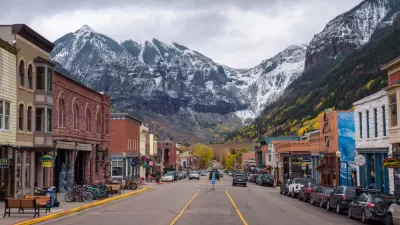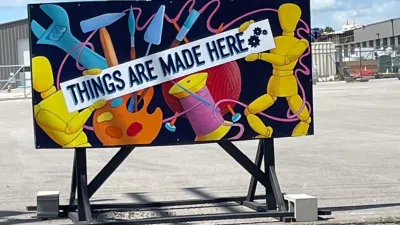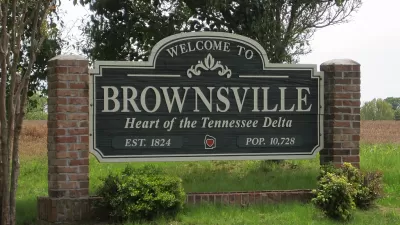Enabling local affections involves hard work from individuals, locally embedded institutions, a built environment scaled to people, and community-focused habits and practices.
Ever since our country was founded, moving has been in our collective DNA. Every year, 30 million Americans move, and we do so for all kinds of reasons—to get an education, to be closer to (or farther from) family, to be nearer to cultural amenities, and (most often) for a job. And although economists laud our incessant mobility as good for national prosperity, critics are increasingly worried about our apparent inability to be in place.
Rather than lament our national restlessness, Melody Warnick sets out to help nomads like herself in her new book, This Is Where You Belong: The Art and Science of Loving the Place You Live. The wife of an itinerant professor, Warnick has certainly contributed to the statistics on moving herself—her recent move to Blacksburg, VA was number six for her family. But instead of succumbing to loneliness and fatigue, as can be the case with any new move to an unknown place, Warnick decides to not just to get to know her community but to learn how to care for it.
FULL STORY: The Emergence of Place Attachment A Review of Melody's Warnick's "This is Where You Belong"

Montreal Mall to Become 6,000 Housing Units
Place Versailles will be transformed into a mixed-use complex over the next 25 years.

Planetizen Federal Action Tracker
A weekly monitor of how Trump’s orders and actions are impacting planners and planning in America.

DARTSpace Platform Streamlines Dallas TOD Application Process
The Dallas transit agency hopes a shorter permitting timeline will boost transit-oriented development around rail stations.

Study: 4% of Truckers Lack a Valid Commercial License
Over 56% of inspected trucks had other violations.

Chicago Judge Orders Thousands of Accessible Ped Signals
Only 3% of the city's crossing signals are currently accessible to blind pedestrians.

Philadelphia Swaps Car Lanes for Bikeways in Unanimous Vote
The project will transform one of the handful of streets responsible for 80% of the city’s major crashes.
Urban Design for Planners 1: Software Tools
This six-course series explores essential urban design concepts using open source software and equips planners with the tools they need to participate fully in the urban design process.
Planning for Universal Design
Learn the tools for implementing Universal Design in planning regulations.
City of Mt Shasta
City of Camden Redevelopment Agency
City of Astoria
Transportation Research & Education Center (TREC) at Portland State University
US High Speed Rail Association
City of Camden Redevelopment Agency
Municipality of Princeton (NJ)





























